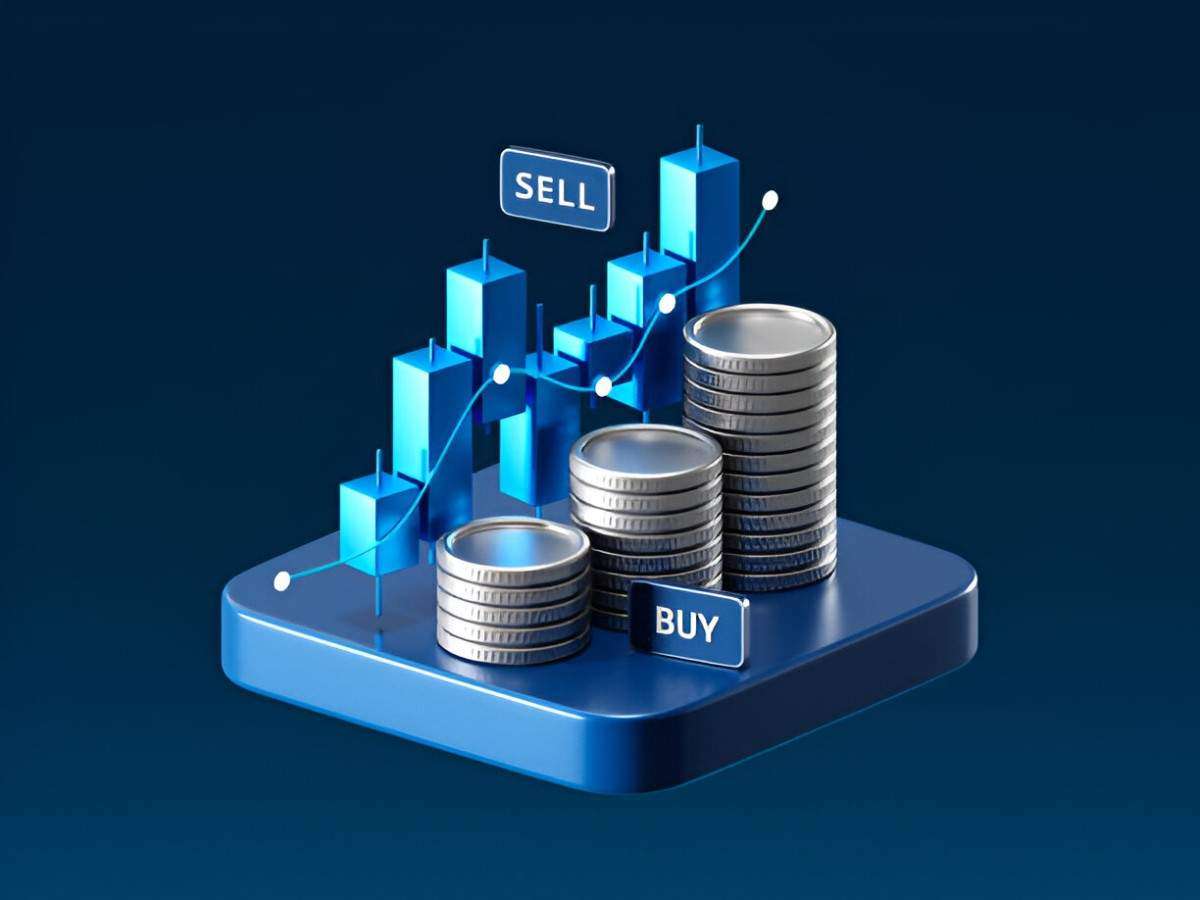Introduction
Finding the best global stock trading platform can be a challenge. I have spent time researching and analyzing platforms that offer accessibility, cost-efficiency, security, and reliability. In this guide, I will share insights into what makes a stock trading platform ideal for different types of traders, whether they are beginners, active traders, or institutional investors.
Table of Contents
What Makes a Stock Trading Platform the Best?
The best stock trading platforms share key characteristics. These include:
- User Interface (UI) and Experience (UX): A well-designed UI makes navigation smooth.
- Asset Variety: Access to stocks, ETFs, options, futures, forex, and cryptocurrencies.
- Regulatory Compliance: The platform should be licensed and regulated by financial authorities.
- Cost Structure: Low trading fees, transparent commissions, and minimal hidden charges.
- Trading Tools: Advanced charting, indicators, order types, and algorithmic trading capabilities.
- Execution Speed: Fast execution with minimal slippage.
- Customer Support: Reliable, responsive, and available across different time zones.
- Security Measures: Two-factor authentication, encryption, and insurance protection.
Comparison of the Best Global Stock Trading Platforms
| Platform | Best For | Commission Fees | Markets | Regulatory Compliance | Min Deposit |
|---|---|---|---|---|---|
| Interactive Brokers | Professional Traders | Low, tiered pricing | Global (135+ markets) | SEC, FCA, ASIC, MAS | $0 to $10,000 |
| eToro | Social Trading & Beginners | Zero stock commission | US, EU, Asia | FCA, CySEC, ASIC | $10 |
| TD Ameritrade | US Stocks & Options | $0 stock trades | US Market | SEC, FINRA | $0 |
| Saxo Bank | High-Net-Worth Investors | Tiered pricing | 50+ global exchanges | FCA, MAS, FSA | $2,000 |
| Fidelity | Long-Term Investors | $0 stock trades | US Markets | SEC, FINRA | $0 |
| Plus500 | CFD Traders | Spread-based | Forex, Stocks, ETFs | FCA, CySEC, ASIC | $100 |
Interactive Brokers: Best for Professional Traders
I prefer Interactive Brokers for its global reach and competitive pricing. It offers access to over 135 markets worldwide, making it ideal for international traders. IBKR’s IB SmartRouting system ensures optimal order execution.
Example of Fee Calculation on Interactive Brokers
A trader buys 100 shares of Apple Inc. (AAPL) at $180 per share. Assuming the IBKR tiered commission structure:
- Trade Value: 100 × $180 = $18,000
- Commission: 0.0035% × $18,000 = $0.63
This low commission structure benefits frequent traders significantly.
eToro: Best for Social Trading & Beginners
eToro stands out for its social trading feature. Users can copy experienced traders’ strategies. The platform charges zero commissions on stocks, though spreads apply to other assets.
Example of Copy Trading on eToro
If I invest $1,000 into a successful trader with an annual return of 15%, my potential return would be:
- Investment: $1,000
- Annual Return: 15%
- Profit: $150
This feature makes it easy for beginners to get started.
TD Ameritrade: Best for US Stocks & Options
TD Ameritrade offers commission-free stock trades and a robust thinkorswim platform. It provides advanced charting and technical analysis tools.
TD Ameritrade Option Trading Example
If I buy a call option for Tesla (TSLA) with a premium of $5 per contract and purchase 2 contracts:
- Total Cost: 2 × $5 × 100 = $1,000
- Break-even: Strike price + premium
- Potential Profit: Unlimited
TD Ameritrade caters to traders who want powerful trading tools at no cost.
Saxo Bank: Best for High-Net-Worth Investors
Saxo Bank requires a higher minimum deposit but provides a premium trading experience. It has tiered pricing and exclusive research tools.
Example of Tiered Pricing in Saxo Bank
For a $50,000 trade:
- Tier 1 ($0-$50,000): 0.10% commission
- Commission Paid: $50
Saxo Bank is ideal for serious investors looking for a premium trading experience.
Fidelity: Best for Long-Term Investors
Fidelity’s strong research tools and zero-commission stock trades make it ideal for long-term investors.
Long-Term Investment Example
If I invest $5,000 in an S&P 500 index fund with an average return of 8% per year:
- After 10 Years: $5,000 × (1.08)^10 = $10,794
This makes Fidelity attractive for wealth-building.
Plus500: Best for CFD Traders
Plus500 specializes in Contracts for Difference (CFDs), allowing traders to speculate on price movements without owning the asset.
Example of CFD Trading on Plus500
If I open a CFD trade on EUR/USD with a 10:1 leverage:
- Investment: $1,000
- Market Exposure: $10,000
- Profit/Loss: Depends on price movement
CFDs are risky but provide opportunities for high returns.
Factors to Consider When Choosing a Trading Platform
When selecting a trading platform, I consider:
- Trading Goals: Active trading, long-term investing, or passive income.
- Cost Structure: Commission-free vs. tiered pricing.
- Market Access: US, European, Asian, or global markets.
- Regulatory Protection: Secure and compliant platforms.
- Platform Features: Research, charting tools, and mobile accessibility.
- Liquidity and Execution Speed: Faster execution ensures better trade prices.
Conclusion
Choosing the best global stock trading platform depends on my needs as a trader. For professionals, Interactive Brokers is the best choice. Beginners and social traders should opt for eToro. TD Ameritrade is excellent for US-based traders, while Saxo Bank caters to high-net-worth individuals. Long-term investors benefit from Fidelity, while Plus500 is suitable for CFD traders.
By considering fees, features, and regulations, I ensure that I select a platform that aligns with my investment strategy. Trading success depends on choosing the right tools, executing disciplined strategies, and continuously learning about the markets.





